This article was originally published on my personal website in 2014.
Fort Walsh
Introduction
I was somewhere between Fort Walsh and the site of the Cypress Hills Massacre (a distance of 2.5 kilometres) when the clouds rolled in and I- dressed in a light white linen shirt, some ragged street shoes and an old pair of jeans that was on its last legs (pun intended) – was not in the least bit prepared for the deluge that accompanied it. In what seemed like a matter of seconds, the pleasant hike back to my car, parked as it was in the Fort Walsh Visitor Centre parking lot, became dominated by torrential rain, deafening thunder and uncomfortably proximate lightning.
To give this anecdote some context, Fort Walsh is a former North West Mounted Police fort and a present-day Canadian National Historic Site located on the Saskatchewan side of the Cypress Hills. Relatively isolated, Fort Walsh can be accessed either by the Saskatchewan Highway #271 (which can be reached by taking the exit to Maple Creek off the #1 Trans-Canada (the Saskatchewan Highway 21)), or the scenic route, a circuitous (and bumpy) passage that begins in Elkwater, Alberta, and winds through the Cypress Hills. I took the scenic route when I visited Fort Walsh on this particular occasion and decided, when I had finished touring the fort, to conclude my excursion by taking some photos of the nearby site of the Cypress Hills Massacre (perhaps one of the most monumental events in the history of Western Canada). I took the pictures and was on my way to my car when the storm rolled in.
“Watch out for cougars,” a staff member from the Fort Walsh Visitor Centre had advised me after giving me directions to the location of the Cypress Hills Massacre. Looking up at the sky now, I reflected that cougars were probably the least of my worries. Above me, flashes of lightning were succeeded almost immediately by deafening claps of thunder. Recalling from a high school physics class that sound travels at about one third of a kilometre per second, I realized that the spider webs of lightning that were illuminating the Battle Creek coulee to my left was flashing perhaps less than 300 metres above my head!
Another piece of folk wisdom that came to mind as I trudged through the wet prairie grass, my hands clamped protectively around my camera, was that lightning has a tendency to strike the tallest object around. Now, to give this story some more context, Fort Walsh and the site of the Cypress Hills Massacre is separated by one massive hill, the crest of which I happened to be atop when the storm materialized, effectually making me the tallest thing in the area. Horrified at the notion of being a lightning rod, I shambled down into the coulee to my right, where I hoped to take shelter beneath one of the chokeberry bushes that punctuated its bottom and wait out the storm.
I soon discovered that the bushes offered absolutely no protection from the rain, and, after huddling beneath one for maybe a quarter of an hour, listening to the thunder and fearfully recalling one of the many tales of Cecil Denny (a N.W.M.P. officer who purportedly stumbled upon a Cree ghost camp while weathering a thunderstorm near another Indian massacre site near Fort Macleod in the summer of 1875), I came to terms with the fact that the storm was not about to abate any time soon. Absolutely drenched, I left the cover of the bush and made my way back to Fort Walsh, taking advantage of the relative safety of the coulee for as long as I could. Upon reaching the fort, shivering and thoroughly soaked with rainwater, I squelched my way back to my car- which, by that time, was the only vehicle in the parking lot (the Fort had closed about an hour and a half earlier)- stripped completely naked and draped my sopping clothes over the back seat. I jumped in the driver’s seat, started the engine, cranked up the heat and drove north up the #271 Alberta Highway bound for the Trans-Canada, praying that I wouldn’t be pulled over by an R.C.M.P. officer on my journey home. As I left the Cypress Hills for the Saskatchewan prairies, my mind began to wander, as it usually does while I’m behind the wheel, and I recalled warmer and drier times, specifically my visit to Fort Walsh just several hours earlier.
The History of Fort Walsh
After their famous trek west in 1874, the first officers of the North West Mounted Police, charged with stemming the illegal whisky trade and bringing law and order to the Canadian west, established Fort Macleod, their first permanent headquarters, on an island in the Oldman River upriver of the notorious Fort Whoop-Up and present day Lethbridge, Alberta. The following year, in 1875, the Mounties built another fort in the Cypress Hills, another hotspot for illegal activity, a short distance from the site of the Cypress Hills Massacre (the 1873 event that prompted the dispatch of the North West Mounted Police in the first place), and christened it “Fort Walsh” in honour of James Morrow Walsh, the fiery NWMP Major who would become the fort’s first Commanding Officer.
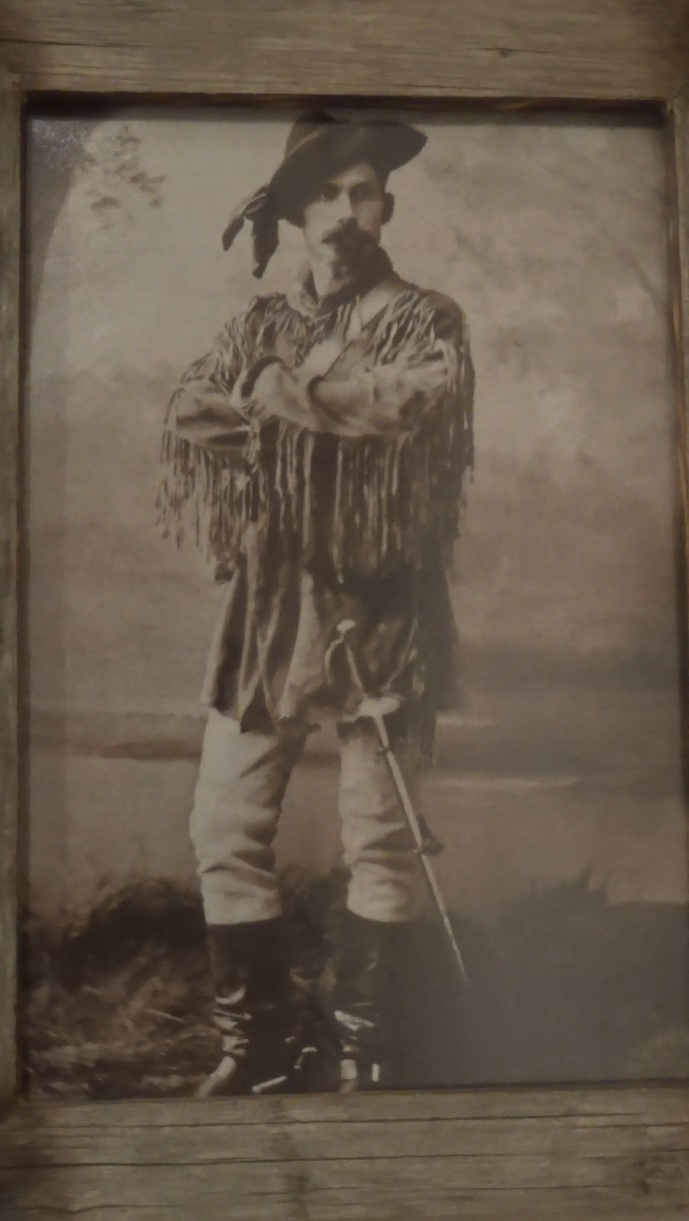
The Mounties of Fort Walsh promptly quelled the Cypress Hills whisky trade and set about establishing good relationships with the local Assiniboine, Cree and Blackfoot Indians. They acted as customs agents and border guards, and established mail and supply routes to Fort Benton, Montana; Wood Mountain, Saskatchewan; and Fort Macleod, Alberta.
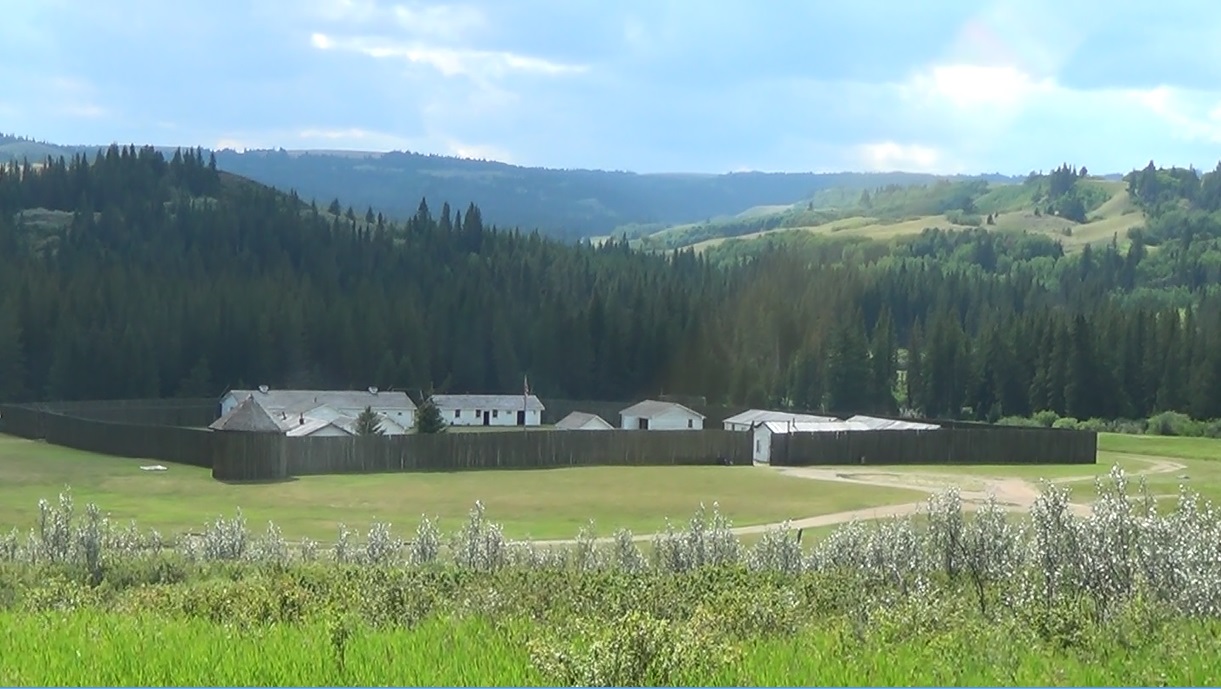
Shortly after Fort Walsh’s founding, a small community began to grow outside its palisaded walls. The community’s residents chiefly included businessmen (many of them former whisky traders, wolfers and prospectors from Montana), their families and their employees; French-Cree and Scots-Cree Metis hivernants who wintered in the Cypress Hills, and spent their summers hunting and trading on the prairies; and Blackfoot, Cree and Assiniboine transients who frequently camped in the hills surrounding the fort. The community quickly grew into a bustling trading town that boasted two hotels, a restaurant, two pool halls, a tailor, a barber, a Laundromat and a photography studio. For nearly a decade, this town outside Fort Walsh remained one of the largest permanent centres between Winnipeg and Vancouver.
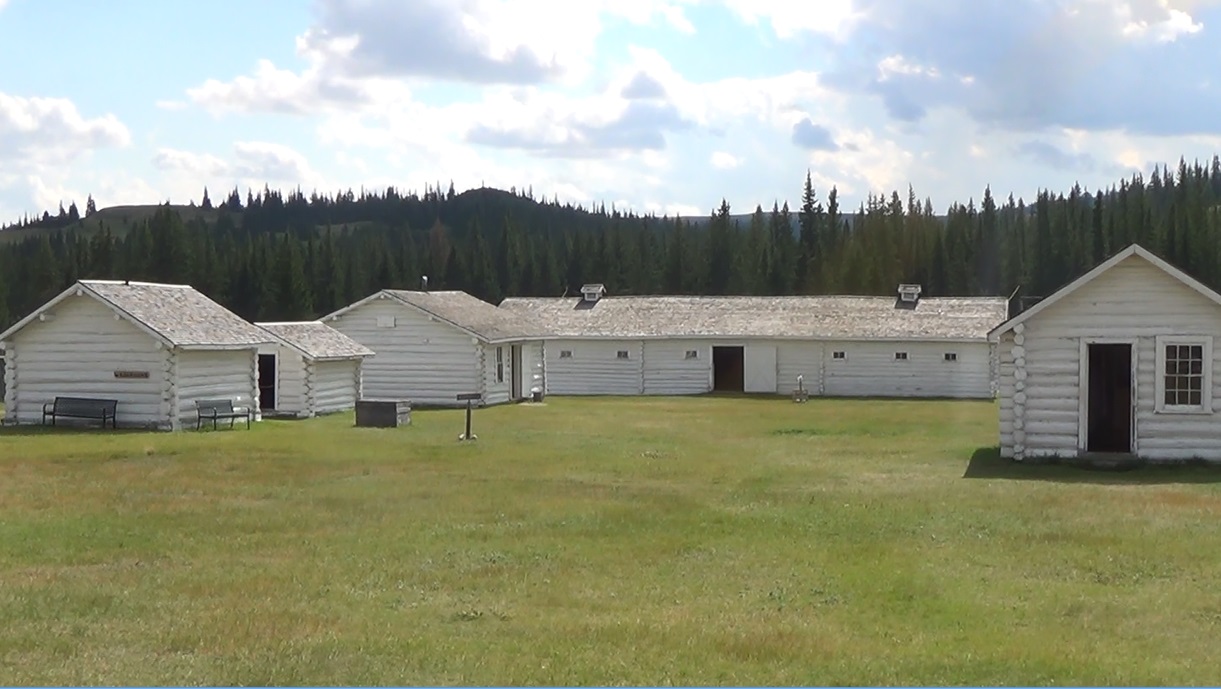
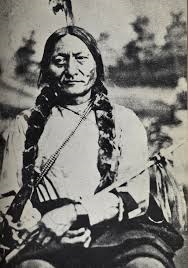 In the spring of 1877, in the aftermath of the Great Sioux War of 1876 that culminated in the Battle of the Little Bighorn, Hunkpapa Sioux chief Sitting Bull of Dakota Territory and his 4-5 thousand Lakota followers fled north across the 49th parallel into Canada, fearing vengeance from the United States Army. They sought refuge near Wood Mountain, Saskatchewan, at which there was a NWMP outpost. James Walsh, the Commanding Officer of Fort Walsh, accompanied by only a handful of Mounties (including Sergeant Robert McCutcheon (a future resident of Medicine Hat) and Metis translator Pierre Leveille), bravely rode into Sitting Bull’s camp and sought out the outlawed war chief, intending to welcome him to Canada and convince him to abide by Canadian law while north of the border. Ultimately, Walsh was instructed by his superiors to convince Sitting Bull to return to America. In the years that followed, Walsh forged a strong friendship with the Sioux leader and maintained peace in the area. However, the eccentric Mounty failed to persuade him to return to the United States. The Canadian government speculated that Walsh’s friendship with the chief was preventing him from completing his objective, and accordingly transferred him to Fort Qu’Appelle, Saskatchewan, in 1880. The following year, in 1881, Sitting Bull returned to the United States.
In the spring of 1877, in the aftermath of the Great Sioux War of 1876 that culminated in the Battle of the Little Bighorn, Hunkpapa Sioux chief Sitting Bull of Dakota Territory and his 4-5 thousand Lakota followers fled north across the 49th parallel into Canada, fearing vengeance from the United States Army. They sought refuge near Wood Mountain, Saskatchewan, at which there was a NWMP outpost. James Walsh, the Commanding Officer of Fort Walsh, accompanied by only a handful of Mounties (including Sergeant Robert McCutcheon (a future resident of Medicine Hat) and Metis translator Pierre Leveille), bravely rode into Sitting Bull’s camp and sought out the outlawed war chief, intending to welcome him to Canada and convince him to abide by Canadian law while north of the border. Ultimately, Walsh was instructed by his superiors to convince Sitting Bull to return to America. In the years that followed, Walsh forged a strong friendship with the Sioux leader and maintained peace in the area. However, the eccentric Mounty failed to persuade him to return to the United States. The Canadian government speculated that Walsh’s friendship with the chief was preventing him from completing his objective, and accordingly transferred him to Fort Qu’Appelle, Saskatchewan, in 1880. The following year, in 1881, Sitting Bull returned to the United States.
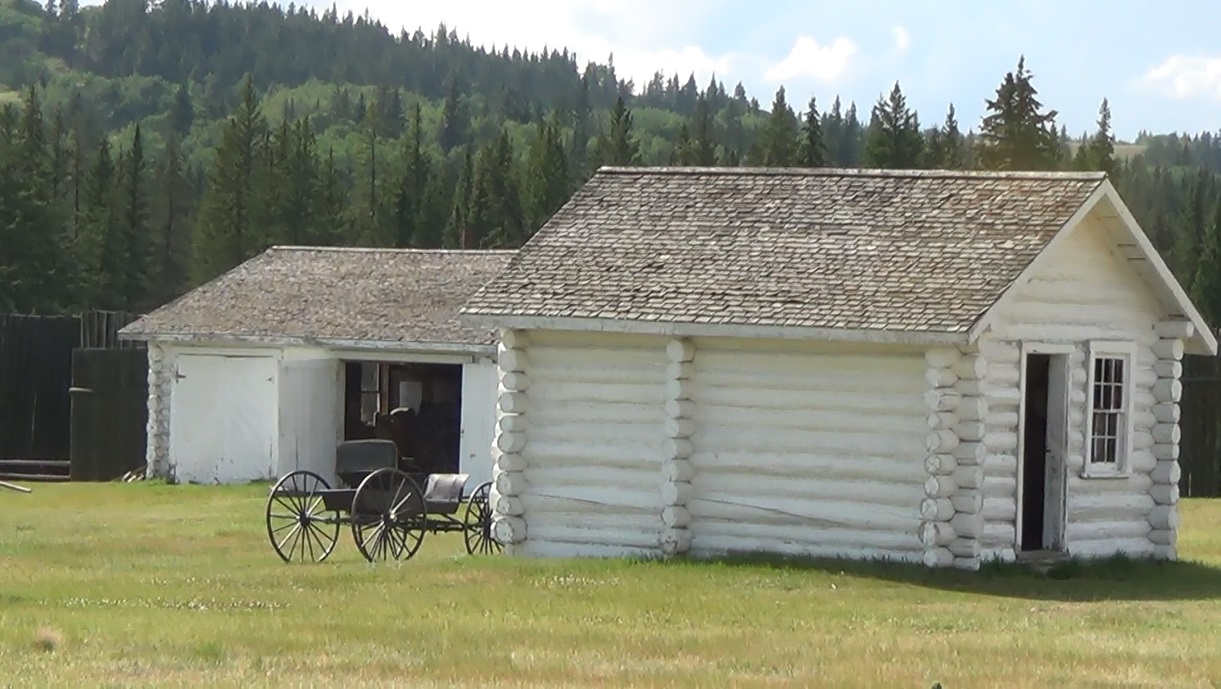
Fort Walsh’s importance in the Sitting Bull affair prompted the Canadian government to make it the new headquarters of the North West Mounted Police in 1878. After Sitting Bull’s return to the America, Fort Walsh immediately declined in importance. In 1882, the NWMP headquarters were moved to Regina, and in 1883, Fort Walsh was abandoned.

A prairie fire swept through the eastern part of the Cypress Hills in 1889 and destroyed several of the abandoned fort’s buildings. Nevertheless, the fort was designated a National Historic Site of Canada in 1924. In the 1940’s, many of the charred buildings were rebuilt in a style similar to the originals by the Royal Canadian Mounted Police (the NWMP’s iconic successors). The fort was subsequently converted into a RCMP remount ranch, and, from 1943- 1968, served as a breeding and training centre for RCMP horses (many of which were used in the Musical Ride at the Fort Museum of the North West Mounted Police in Fort Macleod). Today, Fort Walsh is one of southwestern Saskatchewan’s foremost tourist attractions.
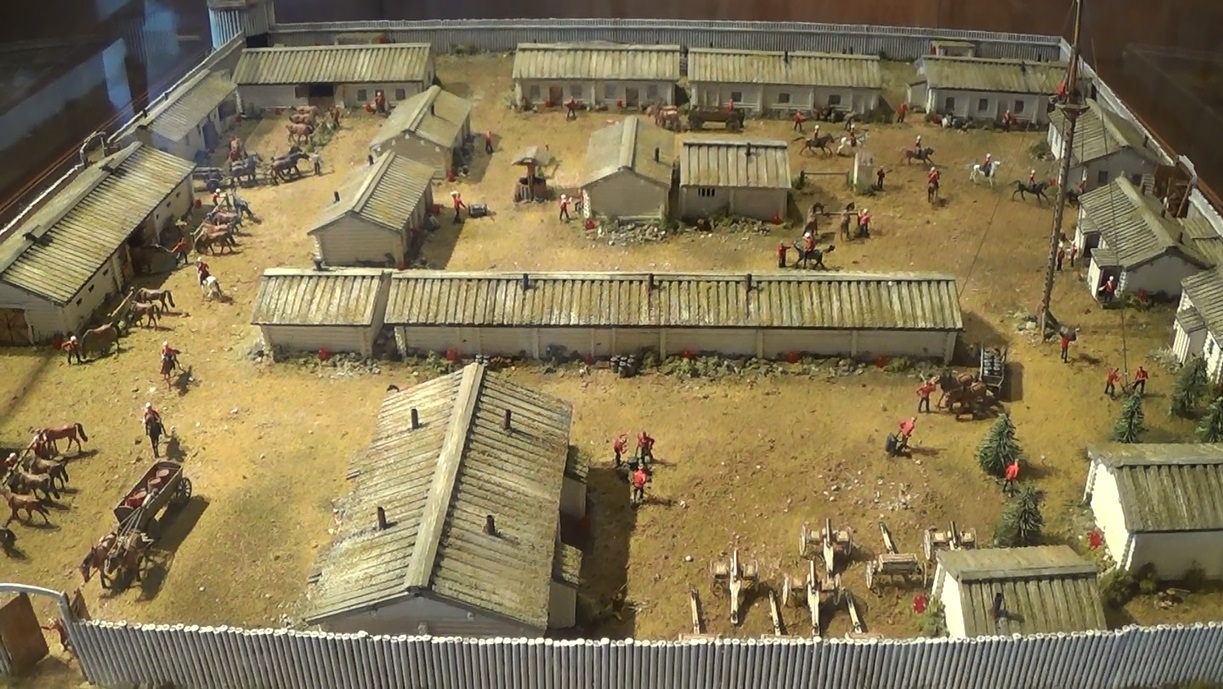
Fort Walsh Today
Today, Fort Walsh can be divided into 5 sections: 1) the Visitor Reception Centre; 2) the fort rooms; 3) the trading post and Metis cabin; 4) the civilian and NWMP cemeteries; 6) the site of the Cypress Hills Massacre.
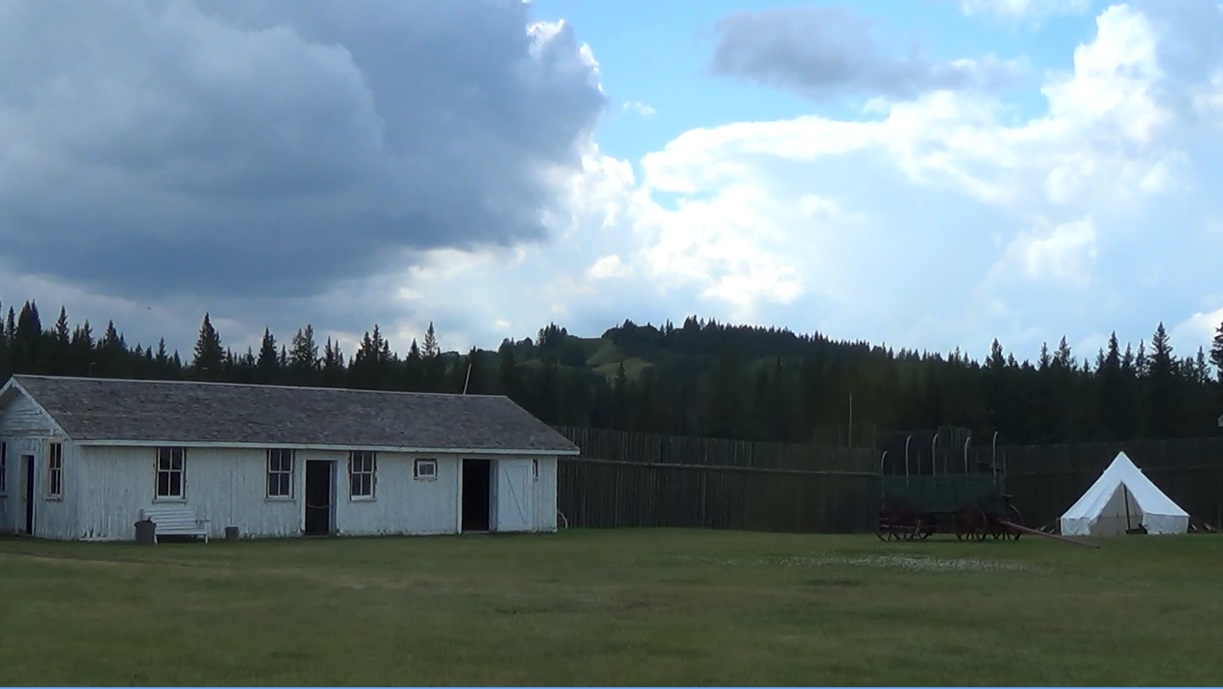
The Visitor Reception Centre
Visitors to Fort Walsh are greeted by the Visitor Reception Centre, an interpretive centre which, from the outside, resembles a fort itself. Inside, tourists can purchase their admission at the front desk before continuing on to the actual fort (located downhill of the Visitor Centre; visitors can reach the fort either by walking or taking a tour bus down the hill) or any of the Visitor Centre’s three divisions: 1) the museum; 2) the theatre; 3) the gift shop and cafe.
The museum showcases a number of North West Mounted Police artifacts- including the famous scarlet serge and white pith helmet worn by Mounty officers and period firearms- as well as a number of First Nations artifacts. Didactic labels on the walls tell the stories of the whisky trade, the Cypress Hills Massacre, Sitting Bull’s stay in Canada, the Murder of Constable Graburn, and the titular and unorthodox James Morrow Walsh’s strained relationship with his superiors.

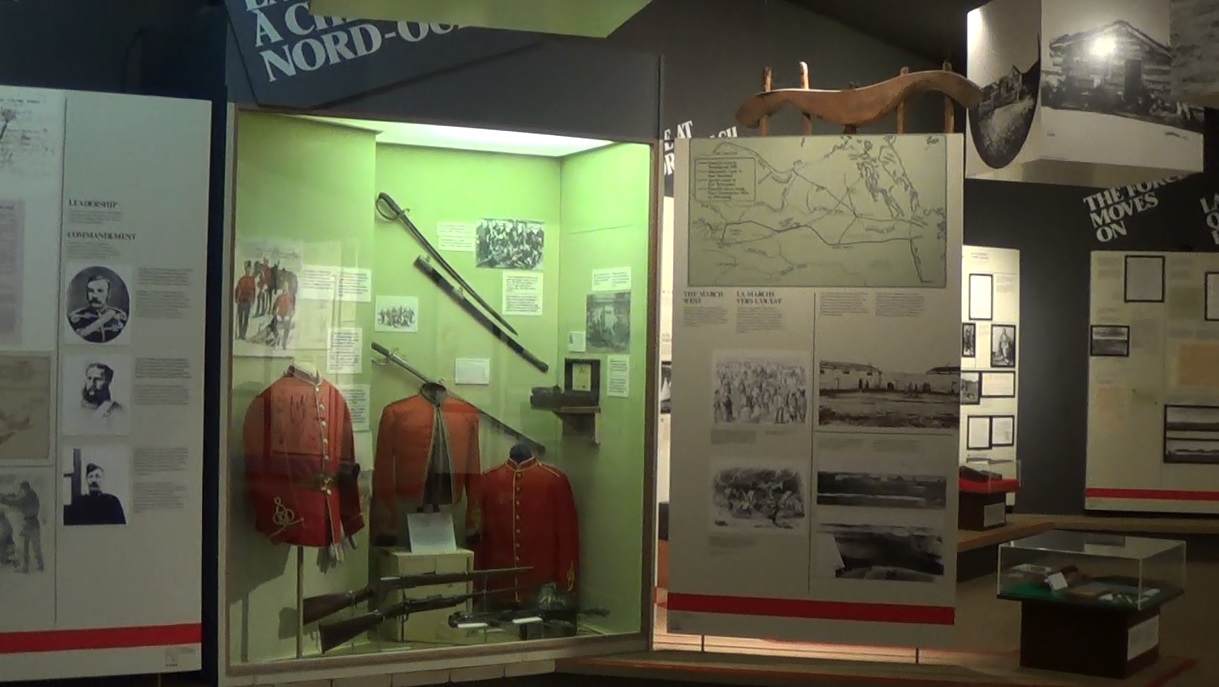
In the theatre, at particular intervals throughout the day, museum staff play a short documentary that tells the story of the whisky trade the Cypress Hills Massacre that prompted the premature formation and dispatch of the North West Mounted Police.
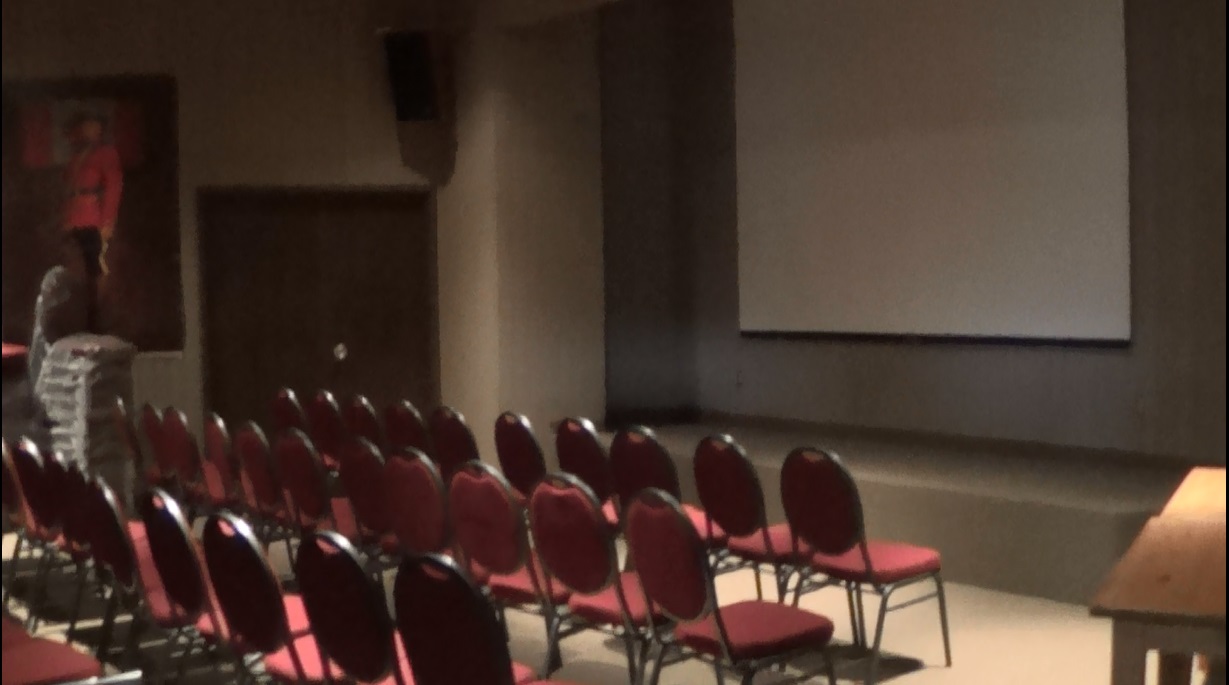
In the gift shop and café, tourists can purchase period-themed souvenirs, historical books and food.
The Fort Rooms
At the bottom of the hill is Fort Walsh itself, a square palisaded enclosure made from the long, straight trunks of local lodgepole pines. At two diagonally-opposing corners of the fort are defensive bastions, one of which, on account of the fort’s peaceful history, had long since been converted into a granary. At the fort’s entrance, visitors are greeted by tour guides (many of them residents of nearby Maple Creek, Saskatchewan) dressed in period uniforms. Inside the fort is an orderly arrangement of eight buildings, including: 1) the Superintendent’s residence; 2) the Commissioner’s Residence; 3) the guardhouse; 4) the Non-Commissioned Officers’ barracks; 5) the Armourer’s workshop; 6) the workshop and sick horse stable; 7) the stable; 8) the bath house. In the middle of the large square drilling/ parade ground to the left of the entrance is a flagpole bearing the British Union Jack.

The Superintendent’s residence was the home of Major James Walsh, the fort’s first Commanding Officer. On October 17, 1877, Major Walsh, NWMP Commissioner James Macleod, American Army General Alfred Terry, Sioux chiefs Sitting Bull and Spotted Eagle, and several other Canadian, American and Sioux officials met in Walsh’s office to discuss the terms and conditions of a potential Sioux surrender to the United States government.
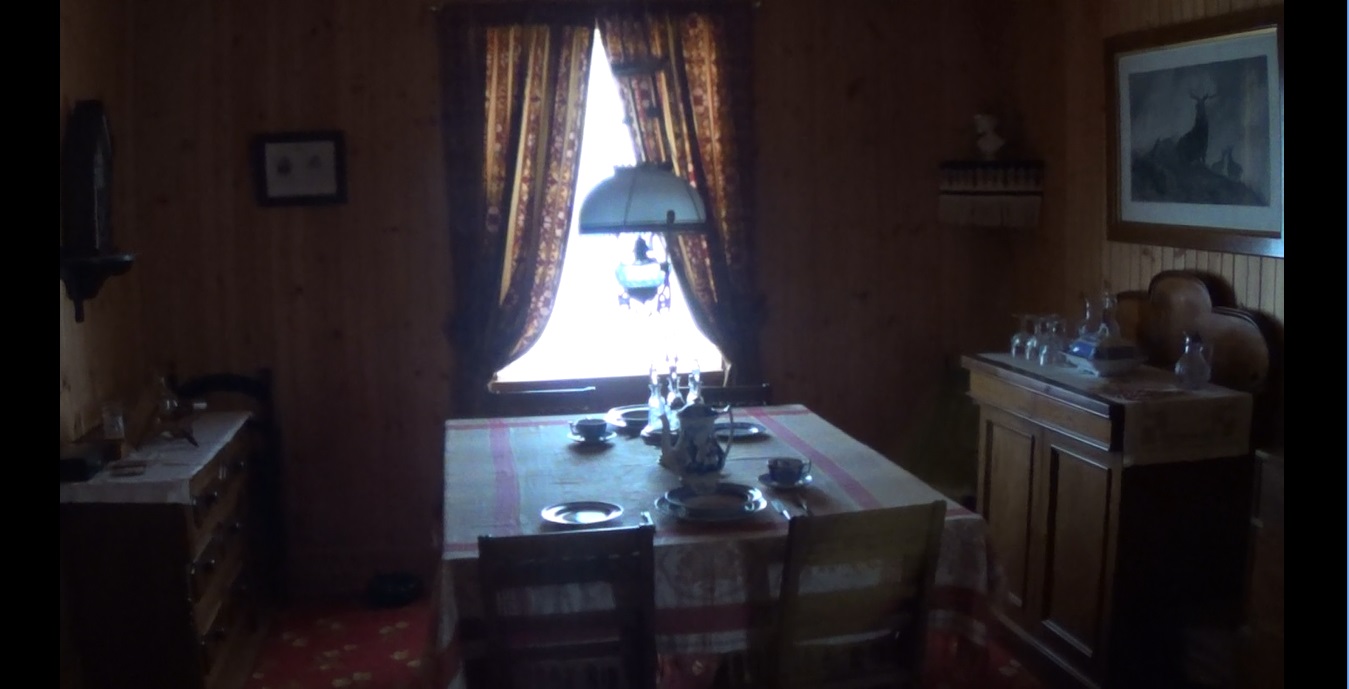
The Commissioner’s Residence was the home of North West Mounted Police Commissioner James Macleod when Fort Walsh became the new NWMP headquarters in 1878. In 1880, when Macleod resigned from the Force in order to more actively pursue his career as a magistrate of the North West Territories, the residence became the home of newly-appointed Commissioner Acheson Irvine (the namesake of Irvine, Alberta) and remained so until the NWMP headquarters moved to Regina, Saskatchewan, in 1882. Here, tour guides, dressed in period garb, perform dialogue between Commissioner Macleod and his wife, and between American Army General Terry and Hunkpapa Sioux chief Sitting Bull.
The guardhouse served as a guardroom, a temporary prison and a lunatic asylum. Typical guardhouse prisoners included men charged with possession of alcohol or assault. In 1879, two Blood Indians suspected in the murder of NWMP Constable Graburn were briefly detained here.
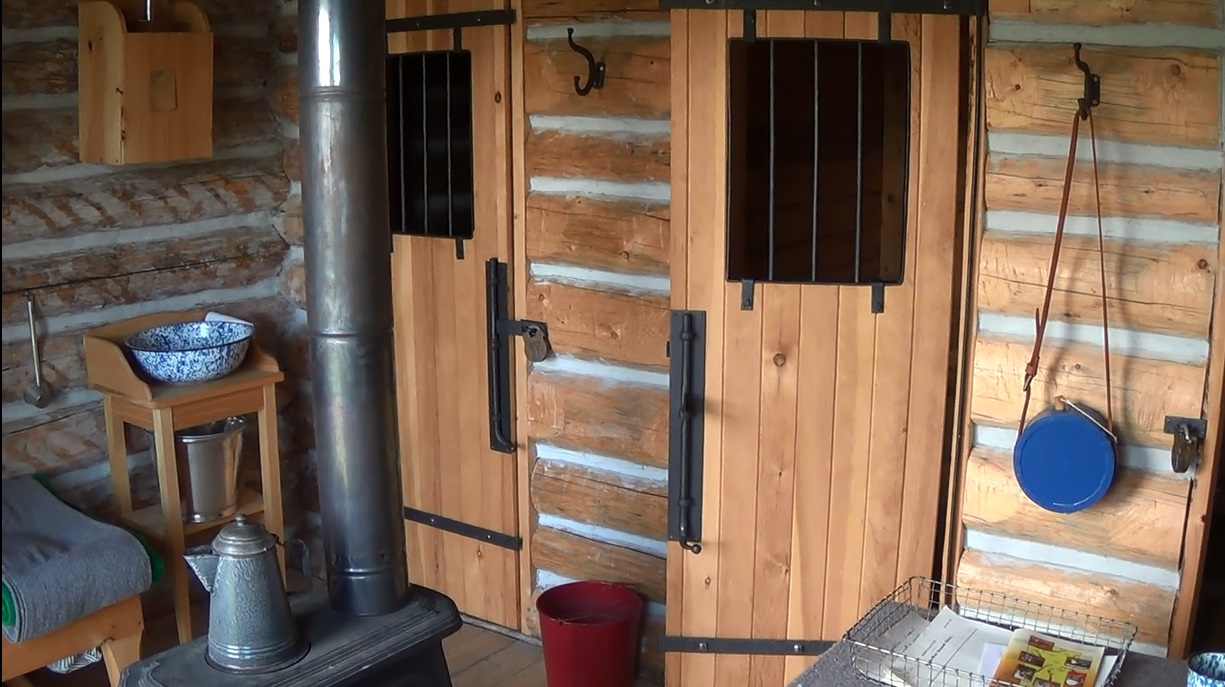
The Non-Commissioned Officers’ barracks housed thirty men, and also served as the officers’ dining and recreation room. Non-Commissioned Officers’ beds were, especially in the winter months, typically furnished with buffalo robes that were appropriated from illegal whisky traders.
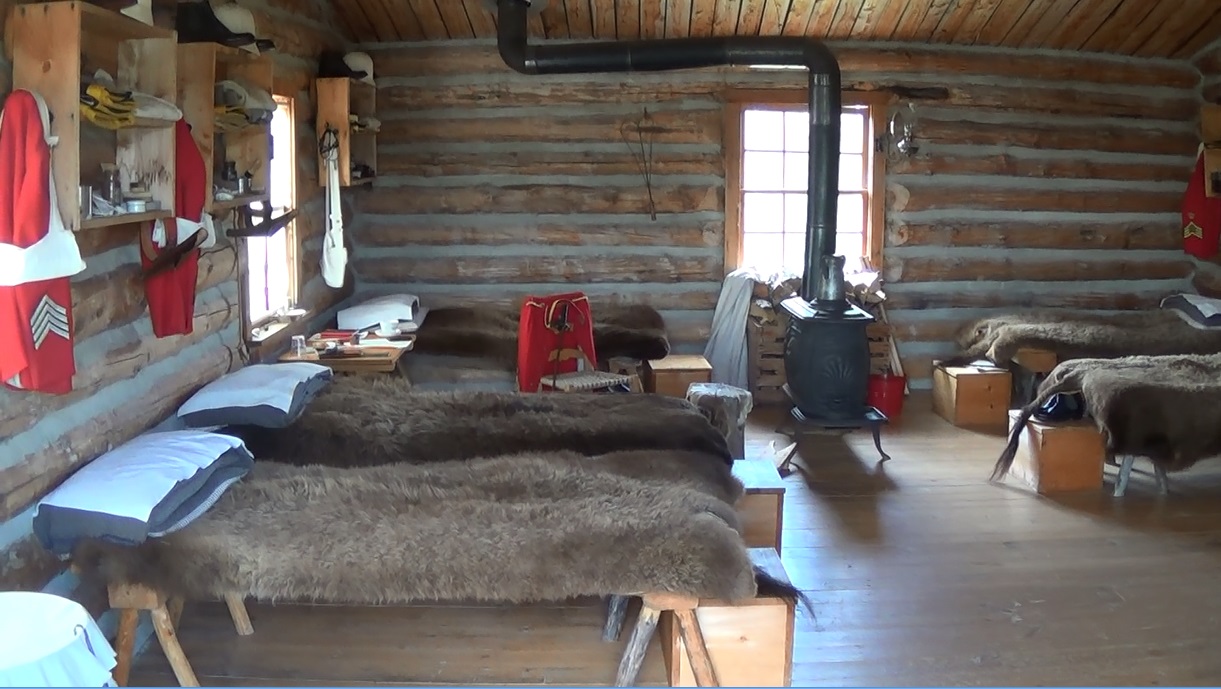
The Armourer’s workshop was used by Fort Walsh’s armourer, who was responsible for the maintenance of the Mounties’ rifles and revolvers. The workshop was also used to store surplus firearms and ammunition.
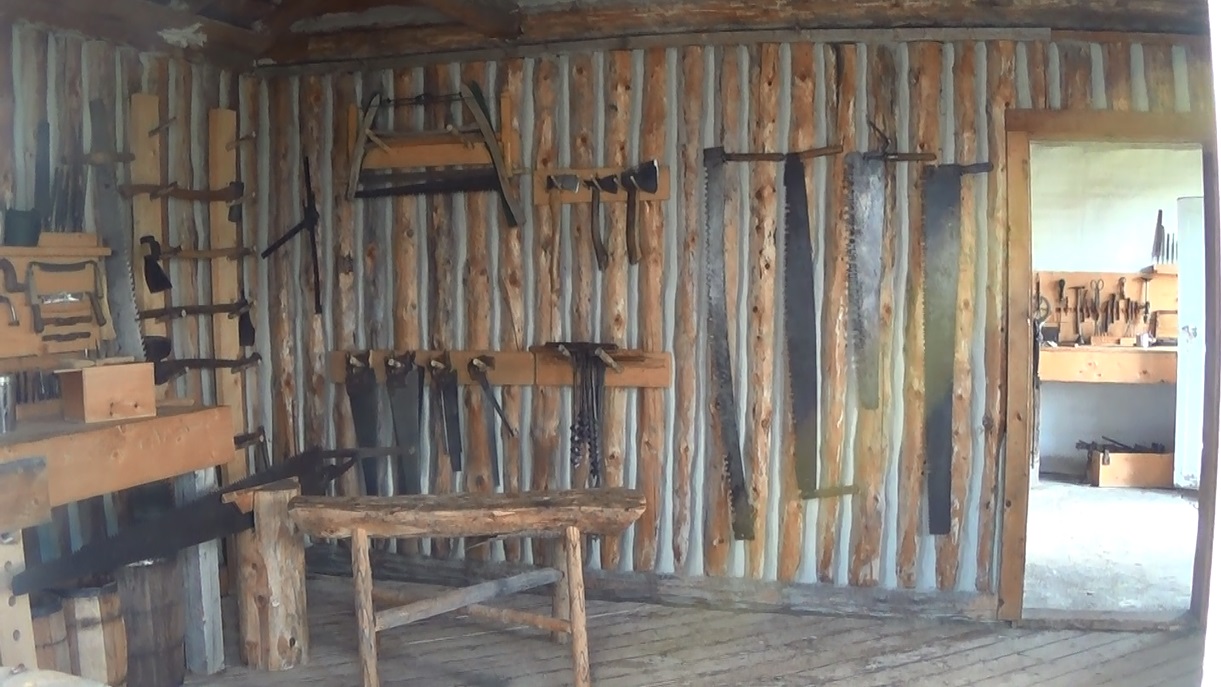
The workshop and sick horse stable was, as its name implies, the workplace of Fort Walsh’s blacksmiths and carpenters as well as the quarantine area for sick horses.
The stable housed up to eighty NWMP horses, invaluable assets to Fort Walsh’s Mounties. Later, when the fort was converted into an RCMP remount ranch, the stable served to house the RCMP’s iconic black horses.
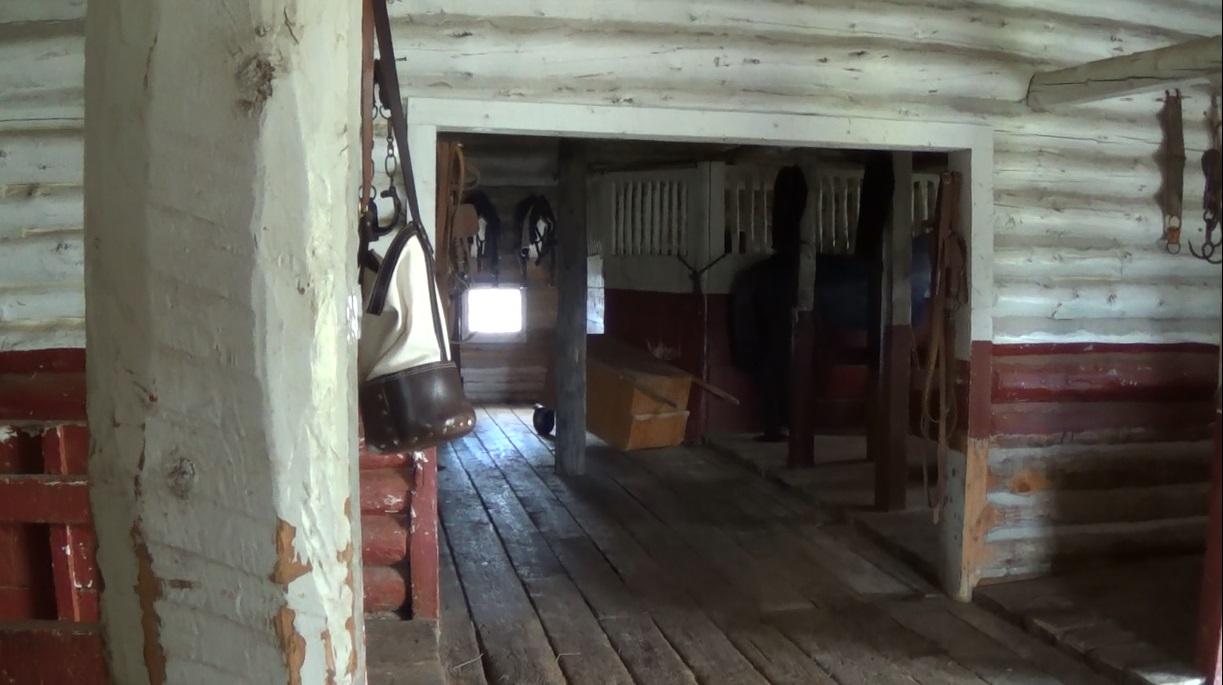
The bath house was used by Mounties most frequently during the cold winter months, when nearby Battle Creek was frozen over.
The Trading Post and Metis Cabin
Outside the fort are two log cabins, a trade cabin and a Metis cabin.
The trade cabin represents an 1870’s trading post established by Metis settler Edward McKay in 1872, before Fort Walsh and the North West Mounted Police existed. The store is stocked with beaver pelts, martin pelts, and a surfeit of trading goods typical of the period.
The adjacent Metis cabin represents a cabin owned by Edward McKay, a Scots-Cree Metis hivernant who, after years of wintering in the South Saskatchewan River valley, decided to build a permanent dwelling in the Cypress Hills. McKay, along with his family and employees, lived in, traded in, and hunted out of the cabin from 1872 until well after Fort Walsh was established.
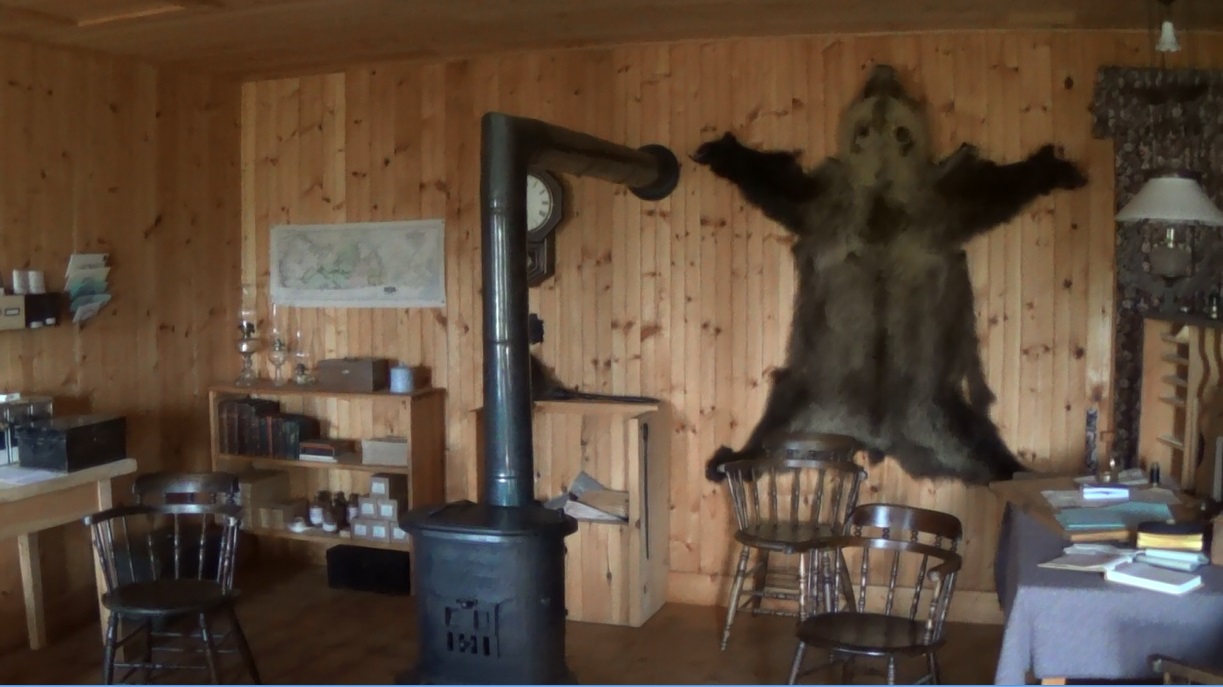
The N.W.M.P. and Civilian Cemeteries
A short ways due east of Fort Walsh is a civilian cemetery used by Metis families and other residents of the nameless town that once thrived outside the fort. South of that fort is a small NWMP cemetery that is the final resting place of several Mounties, including Adjutant Edmund Dalrymple Clark and Constable Graburn.
The Site of the Cypress Hills Massacre
The site of the Cypress Hills Massacre, an 1873 tragedy in which a party of Montanan wolfers killed more than twenty Assiniboine Indians- most of them women, children and elderly men- is located about 2.5 kilometers south of Fort Walsh. Visitors can reach the site by hiking down an old access road that overlooks the Battle Creek coulee, or by a backcountry trail that runs on the opposite side of the creek.
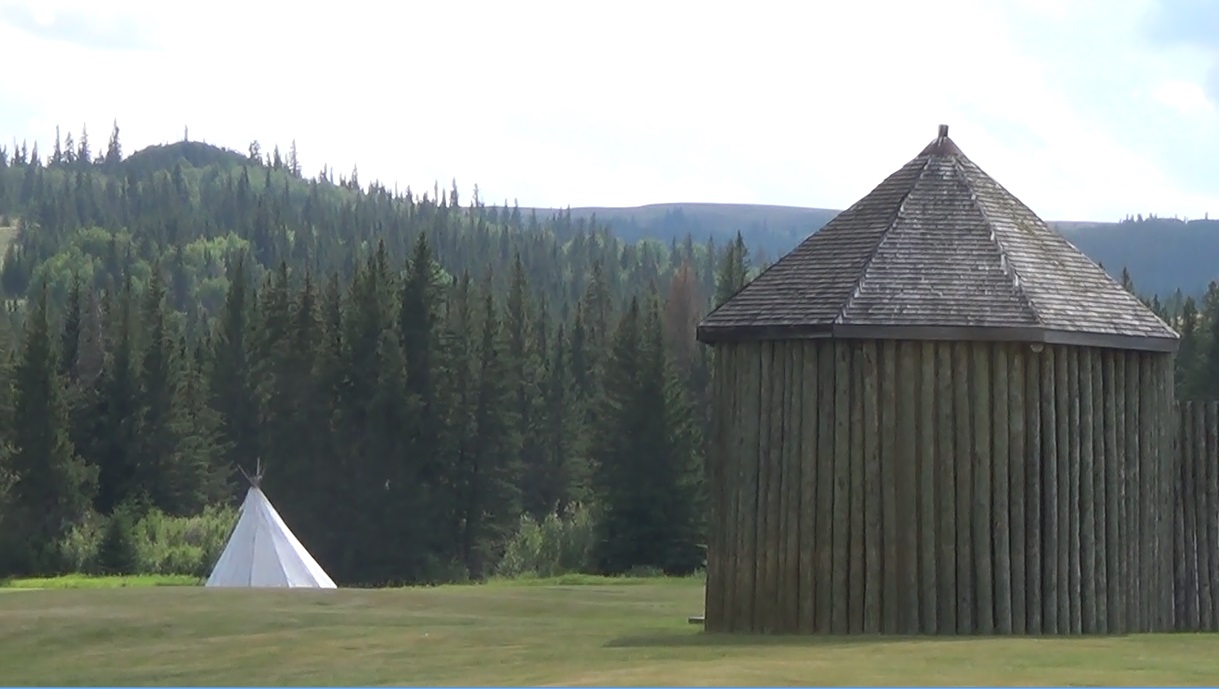
Joanne M Helmer
Just one comment on this great story. Fort Macleod was built on the Belly River. There was no Oldman River at the time the fort was established. The Belly River was renamed the Oldman River. Some indigenous people think the name change was intended to confound any complaints about the inadequacy of the size of the two reserved lands nearby.